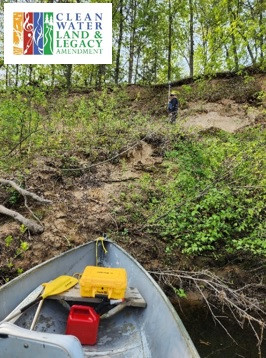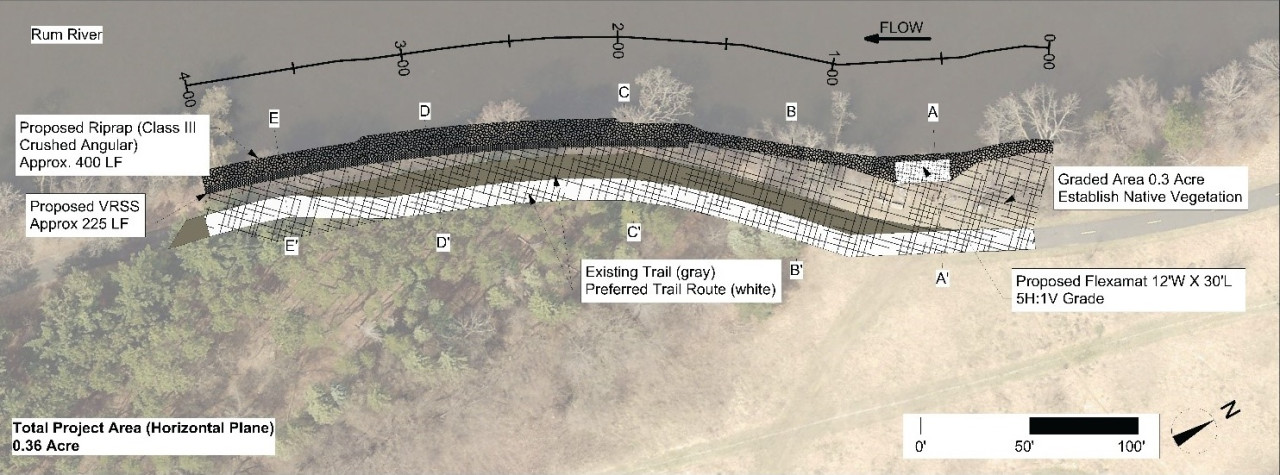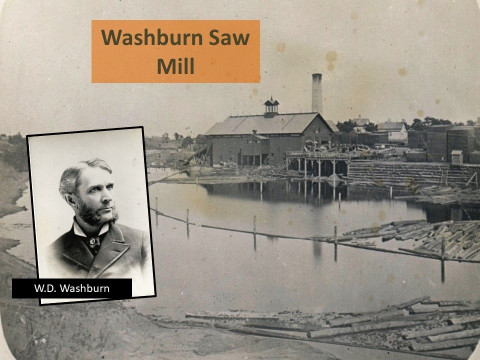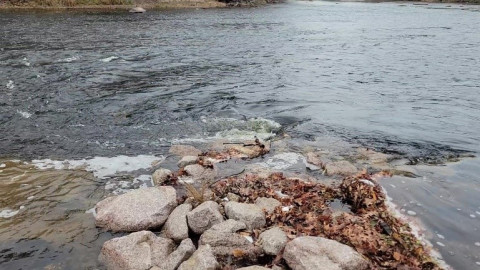Construction was completed in early November to stabilize one of the highest priority riverbanks in Anoka County. Two separate projects, spanning multiple properties, stabilized 935-feet of some of the tallest and most eroding riverbank on the Rum River. Portions of this stretch ranked at the top of the list of 80+ identified eroding banks during a 2017 erosion inventory of the Rum River through Anoka County. Altogether, these projects are estimated to reduce annual pollutant loading to the Rum River by 753-tons of sediment, and 640-lbs of total phosphorus.
The project utilized a combination of hard armoring techniques, including rock riprap and concrete block mat to stabilize the water adjacent slope that reached 10' deep. The concrete block mat was installed on a low bench and topped with rock riprap to hide the concrete block visually from the river during all but the lowest water conditions. A portion of the bank was left alone to self-stabilize over time with the help of native vegetation. Where possible, the upper bank was graded back and also seeded with native vegetation. A rock barb was installed at a strategic location to redirect the erosive current away from the riverbank and to provide in-stream habitat benefit.
Funding sources include the Clean Water Fund and Outdoor Heritage Fund (both from the Clean Water, Land, and Legacy Amendment) as well as contributions from landowners, Anoka County, and the Upper Rum River WMO. For more information contact Jared Wagner, Water Resource Specialist, at









